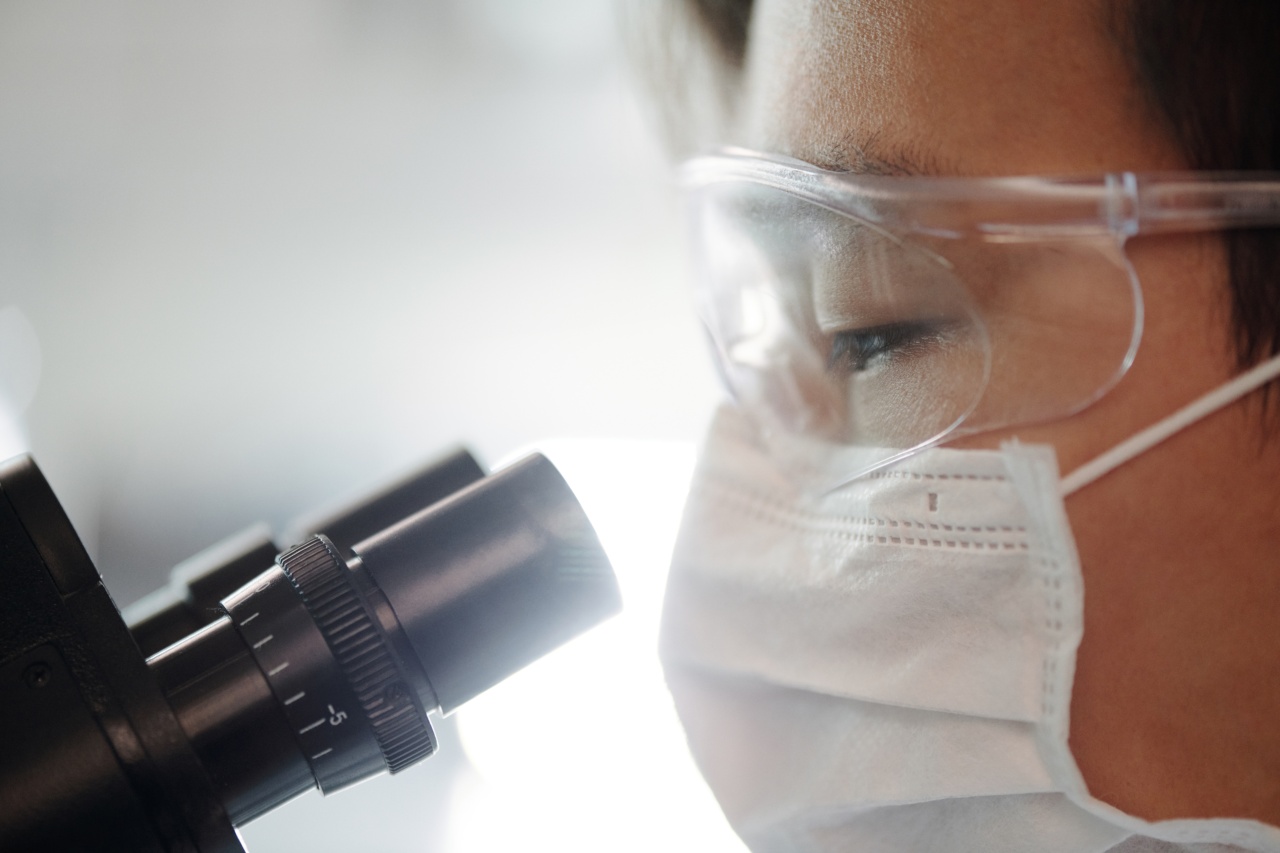In recent years, the rise of multi-drug resistant bacteria has become a major concern for healthcare professionals and scientists alike.
These bacteria, often referred to as “superbugs,” have developed resistance to multiple types of antibiotics, making it incredibly challenging to treat infections. The overuse and misuse of antibiotics in both humans and animals have played a significant role in their emergence and spread, making it imperative to find innovative solutions to combat these resilient pathogens.
In this article, we will explore groundbreaking antibiotics that have shown great potential in destroying multi-drug resistant bacteria, offering hope in the fight against antibiotic resistance.
The Need for New Antibiotics
Antibiotics have undoubtedly revolutionized the field of medicine, saving countless lives since their discovery.
However, the misuse and overuse of these valuable drugs have led to the emergence of antibiotic-resistant bacteria, rendering many common medications ineffective. As a result, it becomes crucial to develop new antibiotics that can combat these resistant strains and provide effective treatment options for patients battling infections.
Understanding Multi-Drug Resistance
Multi-drug resistant bacteria are strains that have evolved to withstand the effects of several different antibiotics.
This resilience is often a result of genetic mutations that confer resistance mechanisms, allowing the bacteria to survive and multiply even in the presence of powerful drugs. With the continuous exposure to antibiotics, bacteria that possess these advantageous traits thrive while susceptible strains are killed off, leading to the dominance of multi-drug resistant bacteria.
Groundbreaking Antibiotics: A Glimmer of Hope
Despite the challenges posed by multi-drug resistant bacteria, researchers have been making significant strides in the development of new antibiotics.
These groundbreaking antibiotics utilize innovative approaches to target and destroy resistant strains, offering hope in the battle against antibiotic resistance.
New Antibiotic Class: Teixobactin
One of the most notable breakthroughs in recent years is the discovery of a new class of antibiotic called teixobactin. Researchers derived teixobactin from soil bacteria, opening up a new avenue for antibiotic development.
Teixobactin has shown potent activity against various drug-resistant bacteria, including those responsible for severe infections such as tuberculosis and MRSA (Methicillin-resistant Staphylococcus aureus).
Targeting Mechanisms: Alternative Approaches
Another fascinating area of research revolves around targeting bacterial mechanisms that differ from conventional antibiotic targets.
For instance, some antibiotics disrupt the formation of biofilms, which are protective layers formed by bacteria to shield themselves from the immune system and antibiotics. By preventing biofilm formation, these antibiotics can render multi-drug resistant bacteria vulnerable to conventional treatments.
Bacteriophage Therapy: Viral Predators
One promising avenue that has gained attention is the use of bacteriophages, which are viruses that infect and kill bacteria.
Bacteriophage therapy involves selecting specific phages that are capable of infecting and destroying multi-drug resistant bacteria. This approach is highly targeted and offers the advantage of evolving alongside bacterial resistance, as phages can rapidly adapt to counter the bacteria’s defenses.
Combination Therapy: A Multi-Faceted Approach
Combination therapy, where two or more antibiotics are used together, is an approach that has been utilized to combat multi-drug resistant bacteria.
By utilizing different mechanisms of action, combination therapies can synergistically increase the efficacy of treatment and minimize the risk of resistance development. This strategy has shown promising results in clinical trials, providing a potential solution to overcoming antibiotic resistance.
Repurposing Existing Drugs
Researchers have also turned their attention to existing drugs that were not initially designed as antibiotics but have shown activity against multi-drug resistant bacteria.
By repurposing these drugs, scientists can cut down the time and costs associated with developing entirely new antibiotics. This approach offers a faster route to bringing effective treatments to the market, addressing the urgent need to combat antibiotic resistance.
The Importance of Antibiotic Stewardship
While the development of groundbreaking antibiotics is a crucial aspect of combating multi-drug resistant bacteria, it is equally important to emphasize responsible antibiotic use and stewardship.
Healthcare professionals, policymakers, and patients must work together to ensure that antibiotics are used appropriately, minimizing the emergence and spread of antibiotic-resistant bacteria.
The Road Ahead: Overcoming Challenges
Although groundbreaking antibiotics show promise in combating multi-drug resistant bacteria, several challenges lie ahead.
The lengthy and expensive process of drug development, coupled with the ability of bacteria to develop resistance over time, requires continuous efforts and investment in research. Additionally, regulatory frameworks must be optimized to facilitate the streamlined approval of new antibiotics, ensuring that effective treatments reach those in need quickly.
Conclusion
The rise of multi-drug resistant bacteria has presented a formidable challenge to healthcare systems worldwide.
However, through innovative research and development, groundbreaking antibiotics are being discovered that show great potential in destroying these resilient pathogens. With continued efforts in antibiotic stewardship, investment in research, and collaborative initiatives, we can strive to overcome antibiotic resistance and protect the future of healthcare.



























